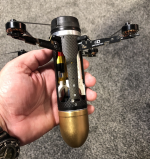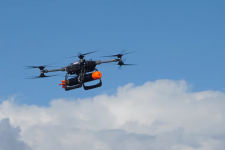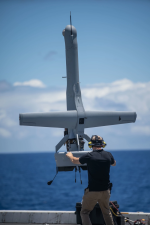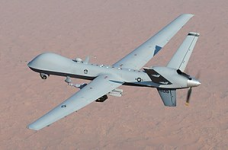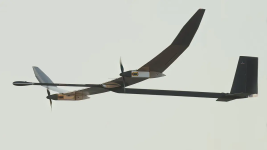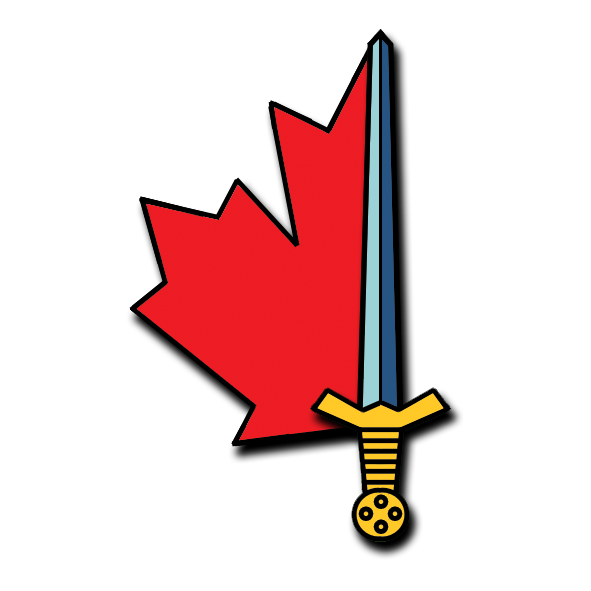FJAG
Army.ca Legend
- Reaction score
- 13,763
- Points
- 1,160
The WOs (actually CWOs) hold the command positions in platoons. None of the platoons have any officers. They appear only at the company level.That can also be done via CEOTP or other means.
I think @SupersonicMax has a good point though - if the issue is actually training said folks, having more recruits in the front end isn’t going to solve the issue. There are currently no lack of Pilot recruits.
@FJAG: The US Army is the only service I know of using NCMs (not WOs) flying large-ish RPAS. The USN uses WOs or officers, the USMC will be using officers, and the USAF currently uses officers. On the sensor operator side, almost all use a type of AES Op equivalent except the RAF and RAAF, which use(d) a mix of NCMs and officers.
The problem is that the training pipeline is too long. You can cut a minimum of four years (more if you take language instruction) out of the up front portion. With WOs you are training highly competent technicians and aren't out to build a senior staff officer or general.I just don’t know what we’re trying to solve…. There is a training capacity issue, not an interest in the trade issue. If we hire 500 prospective WOs next year, we still can’t train them.
Secondly the training itself is significantly shorter. A UAV pilot does not need the full pilot training program that any of the other streams need. I know, I know, the RCAF begs to differ.
We've gone through the pilot WO argument at great length a few years ago. I can't convince you and you certainly can't convince me.



